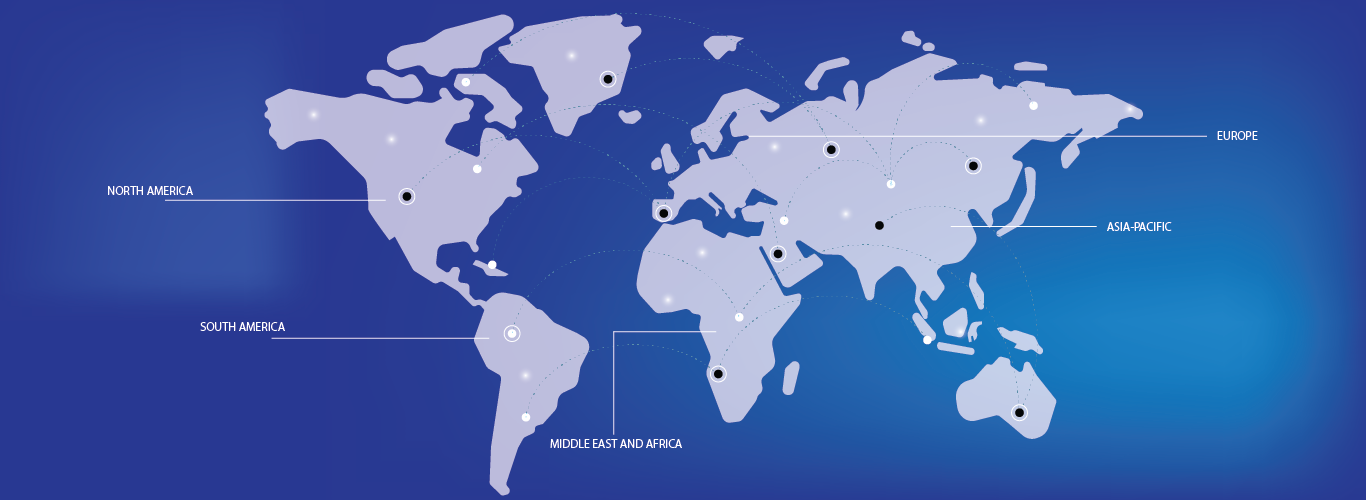- The Payment Kiosk industry represents a rapidly expanding segment within the global fintech and self-service technology landscape. These kiosks are self-service terminals that enable users to perform financial transactions without human assistance, including bill payments, ticketing, retail purchases, mobile top-ups, and banking services. As consumers and businesses increasingly adopt digital payment solutions, payment kiosks serve as a convenient, efficient, and secure channel for completing transactions.
- Payment kiosk manufacturers are integrating advanced technologies such as touchscreen interfaces, NFC (Near Field Communication), QR code scanners, AI, and IoT connectivity to enhance functionality and user experience. These innovations align with the global shift toward cashless economies and enable kiosks to offer secure, real-time transactions. Additionally, the rise in demand for contactless payment options, especially following the COVID-19 pandemic, has accelerated adoption across retail, banking, transport, and government sectors.
- The Philippines is expected to dominate the Payment Kiosk Market and emerge as the fastest-growing region during the forecast period. This growth is driven by increasing digital transformation initiatives, the need for greater financial inclusion, and the expansion of kiosk deployment in both urban and underserved rural areas. Payment kiosks in the Philippines are playing a pivotal role in extending banking and financial services to remote communities with limited access to traditional infrastructure.
- The Bill Payment Kiosks segment is projected to hold the largest market share in 2025, owing to the high demand for self-service bill payment options across utilities, telecom, and government services. These kiosks offer consumers 24/7 accessibility, reduce queuing times, and improve operational efficiency for service providers. Their wide adoption highlights their essential role in facilitating routine financial tasks in a user-friendly manner.




